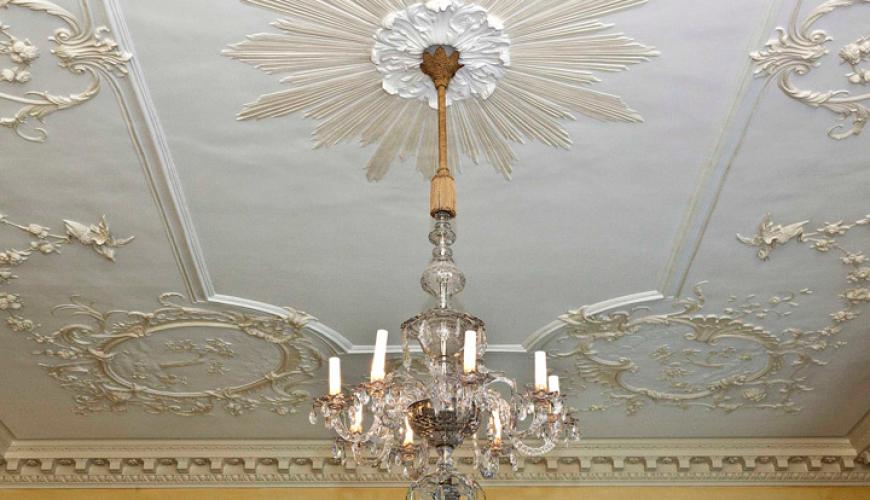When is a Chattel a Fixture?

Chattels are generally considered private property that is movable, as opposed to fixtures which is part of the real property, which are attached to the property (House) in some way, other than by its own weight, i.e. something that is bolted down.
Here is an excerpt from The Free Dictionary
In the law of real property, fixtures; are anything that would otherwise be a chattel that have, by reason of incorporation or affixation, become permanently attached to real property. At law, fixtures are treated in the same manner as real property.
A classic case of a fixture is a building, which in the absence of language contrary in a contract of sale is considered to be a part of the land itself and not a separate piece of property
Some examples of a fixture are obvious a piece of lumber sitting in a lumber yard is clearly a chattel. However, that same piece of lumber in a fence surrounding real property is considered to be real property itself.
Basically, a chattel is defined as a moveable item or personal property.
A fixture is defined as anything that is affixed to the property and which has a degree of importance to the property.
A chattel can become a fixture by being fixed to the property. But some chattels remain chattels even though they are attached to the dwelling. An example of this would be a hanging oriental rug which is nailed to the wall. The reason that this item does not become a fixture is that it does not serve the function of the house - it does not have a degree of importance to the property.
Now if this is somewhat confusing, I'm not surprised, because the classification of specific items as either fixtures or chattels is a murky one. Opposing positions are often taken with valid arguments on both sides. Is my deluxe 700 lb. concrete birdbath a chattel or a fixture? It may not be attached, but it sure isn't going anywhere either. And what about wall-to-wall carpeting that is fitted but not attached with either carpet track or any other kind of tacks? You could argue these until the cows come home (and I'm pretty sure the cows are chattels).
The courts have debated the issue of chattels and fixtures for many years. On a case-by-case basis, the court will analyze all of the factors to determine whether the object is a chattel or a fixture. The court will consider numerous factors including the weight of the object, the purpose and use of the object, degree of affixation, etc. While these factors provide the courts with some legal terminology to reach a decision, it is clear that there is a great deal of confusion and inconsistency in this area of the law. To avoid time-consuming and expensive litigation, the parties in a real estate transaction should make it clear what items are to be included in the sale and what items will be excluded.
Final Inspection
Another prudent practice is for a buyer to perform a "final" inspection, commonly referred to as a "walk through", to ensure everything contractually included in the Sales Agreement is still on the property.
Sellers should leave their home in compliance with the contract and in the same condition as they would expect it to be if they were the buyer.
The article above is for information purposes and is not legal advice or a substitute for legal counsel.













